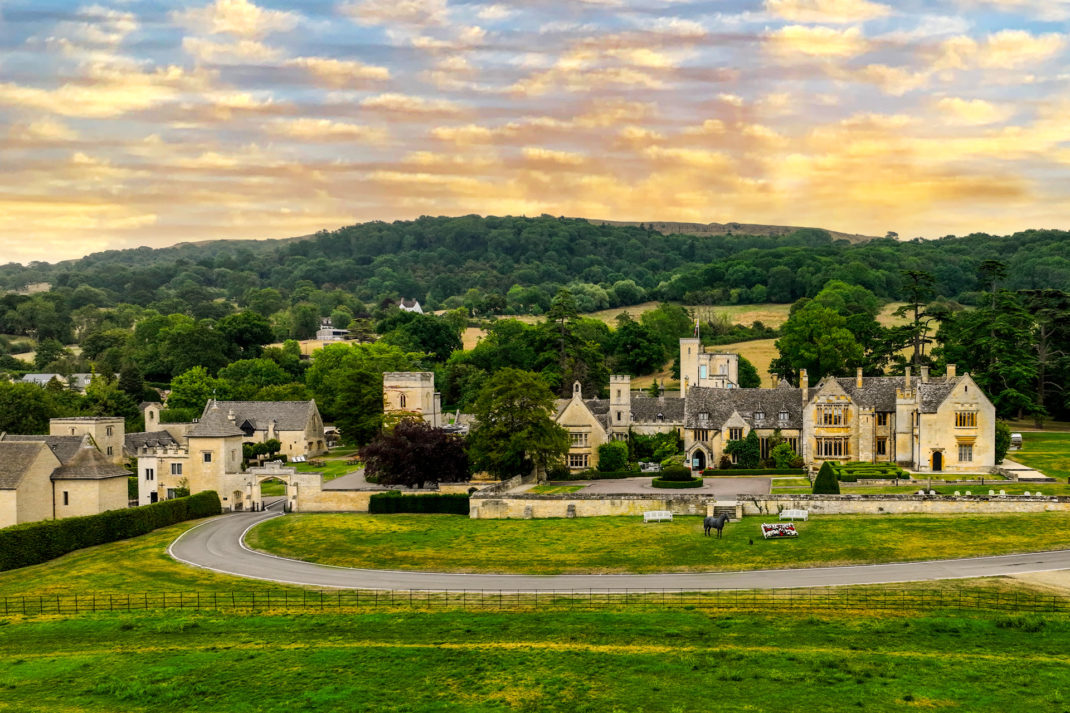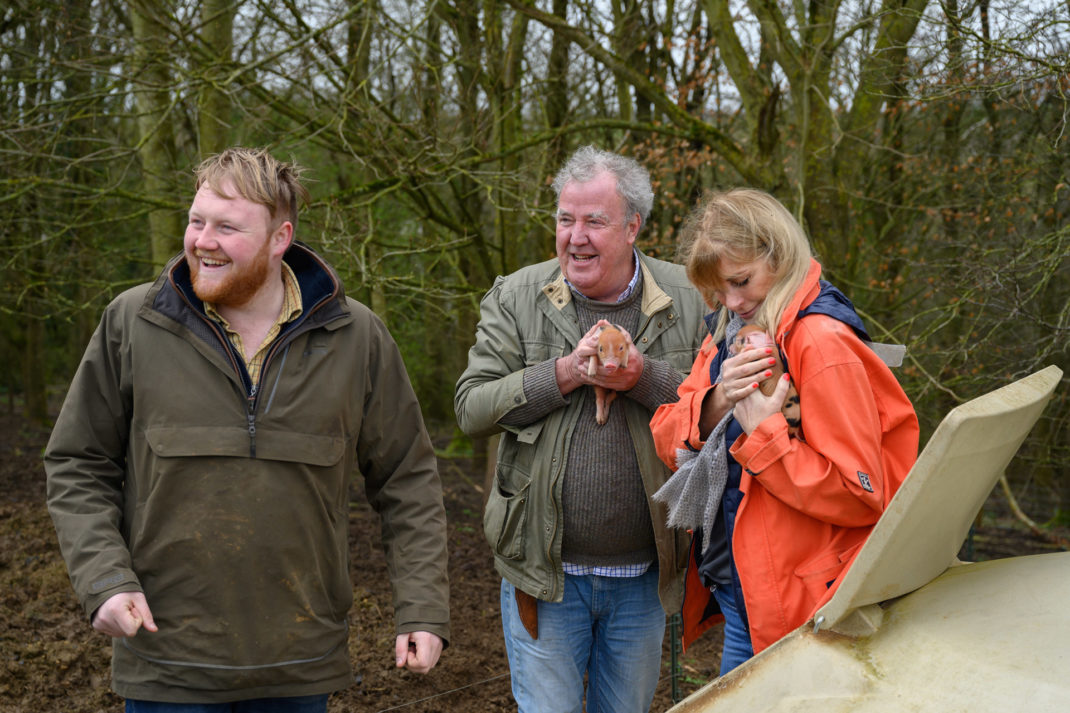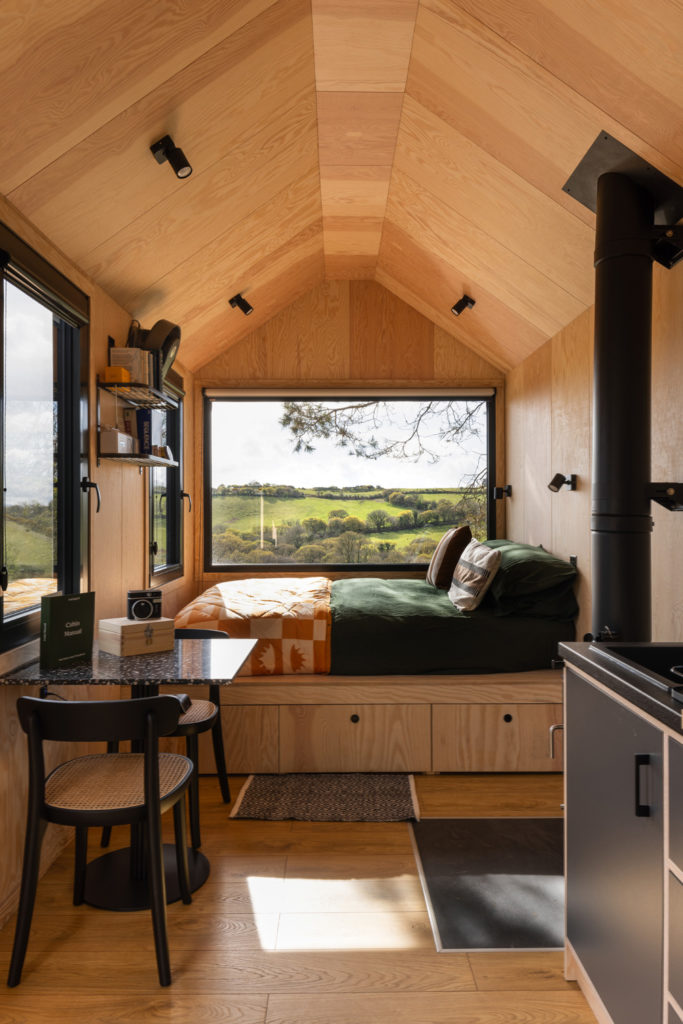How Does Luxury Travel Invest In Regenerative Tourism?
By
3 years ago
CEO of Time + Tide Bruce Simpson explains…
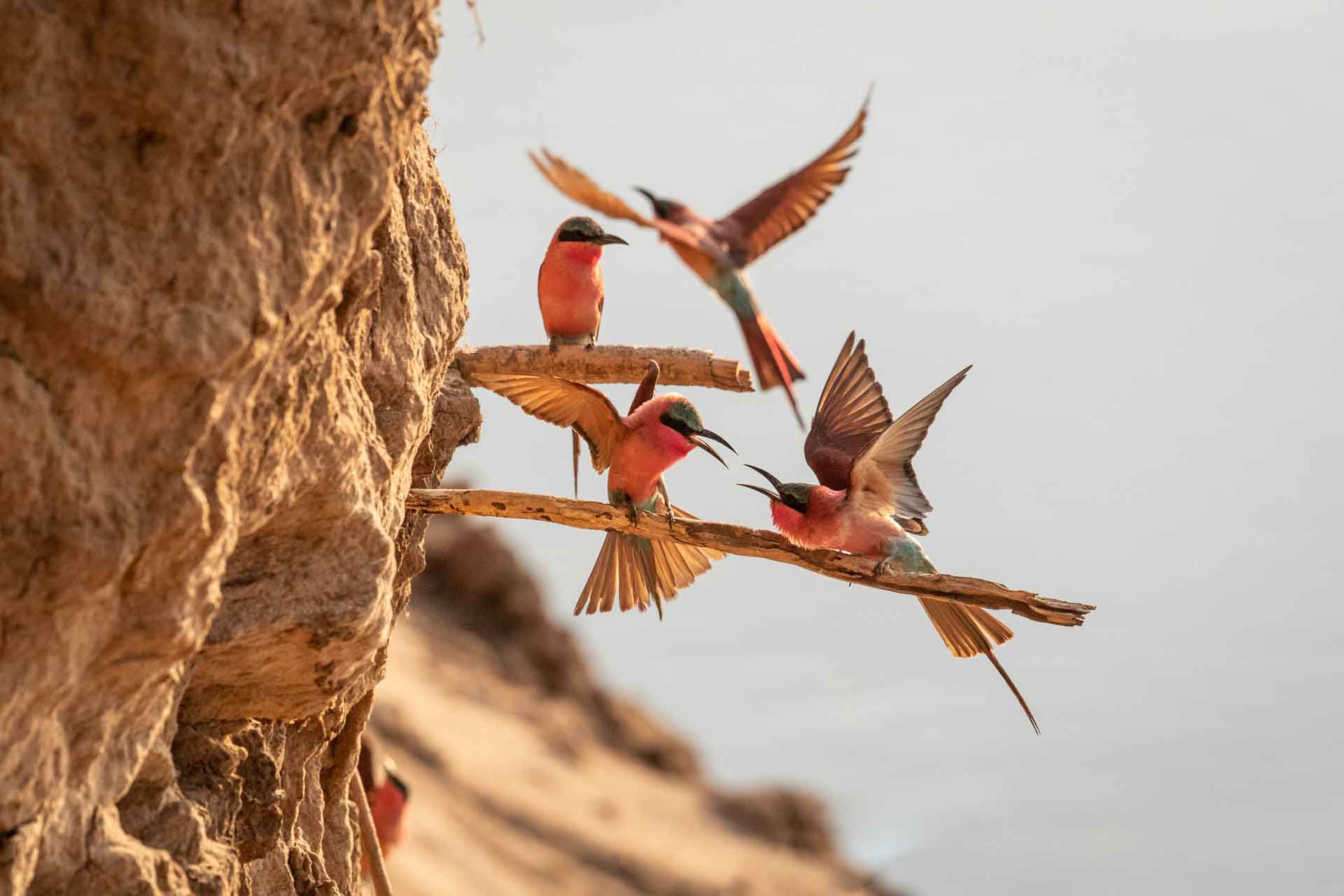
Regenerative tourism is a bit of a buzzword in ecotourism at the moment, but like all buzzwords, you have to look beyond the hype to get to the substance. We spoke to Bruce Simpson, CEO of Time + Tide to find out what one luxury safari company is doing…
You can read our guide to regenerative tourism here.
Q&A With Bruce Simpson Of Time + Tide
What is regenerative tourism?
Regenerative tourism is about recognising the role that we play in the areas that we operate, and it is a responsibility we have to our stakeholders and our planet. It is about making a positive impact to the environment, livelihoods, and communities in the areas that you operate in. This is a hugely important part of our philosophy at Time + Tide and why we developed the Time + Tide Foundation. As an independently governed non-profit, the Time + Tide Foundation invests in the future productivity of wildlife economies through community and school-based learning.
How does it differ from sustainable tourism?
Sustainable tourism is about limiting one’s impact, ensuring operational and development processes are environmentally sound and responsible and making sure that one is a contributor to both the land, natural resources, community and biodiversity in one’s immediate areas of operation. Regenerative tourism takes those one or two steps further and includes the principle of participating in having a wider impact and recognising one’s responsibility in the long-term contribution tourism can have in an environment and community that one operates in. This is both the responsibility tourism has of ethical, sustainable, and low impact operations as well as the role that tourism has in engaging in a larger scale planning and contribution to long term processes or contribution to better forms of land use, procurement policies, community and stakeholder engagement, education, and influence one has in looking after these areas. Regenerative has a long-term improvement and role & responsibility as a core differentiator in its expectation of the role players and stakeholders.
Time + Tide have always operated with the understanding and consideration that our responsibility in the areas that we operate has a lot more to do with the way we operate, the example we set and the impact we have in the long-term improvement and progression of the areas and communities we operate in and have influence over. This is more regenerative and with a mindset of improvement, not just being sustainable.
How separate are community and environment in regenerative tourism and can projects support one without the other?
In the areas that our industry operates in in Africa, the two cannot be separated at all. The immediate environments and biodiverse areas can only thrive if the community are the custodians and future of these areas. Understanding the important of protecting the wide-open spaces, the natural resources and biodiversity of Africa is fundamental to the long-term survival of the community and environment collectively. All “projects” need to connect in some way and have positive influence and impact in the big picture.
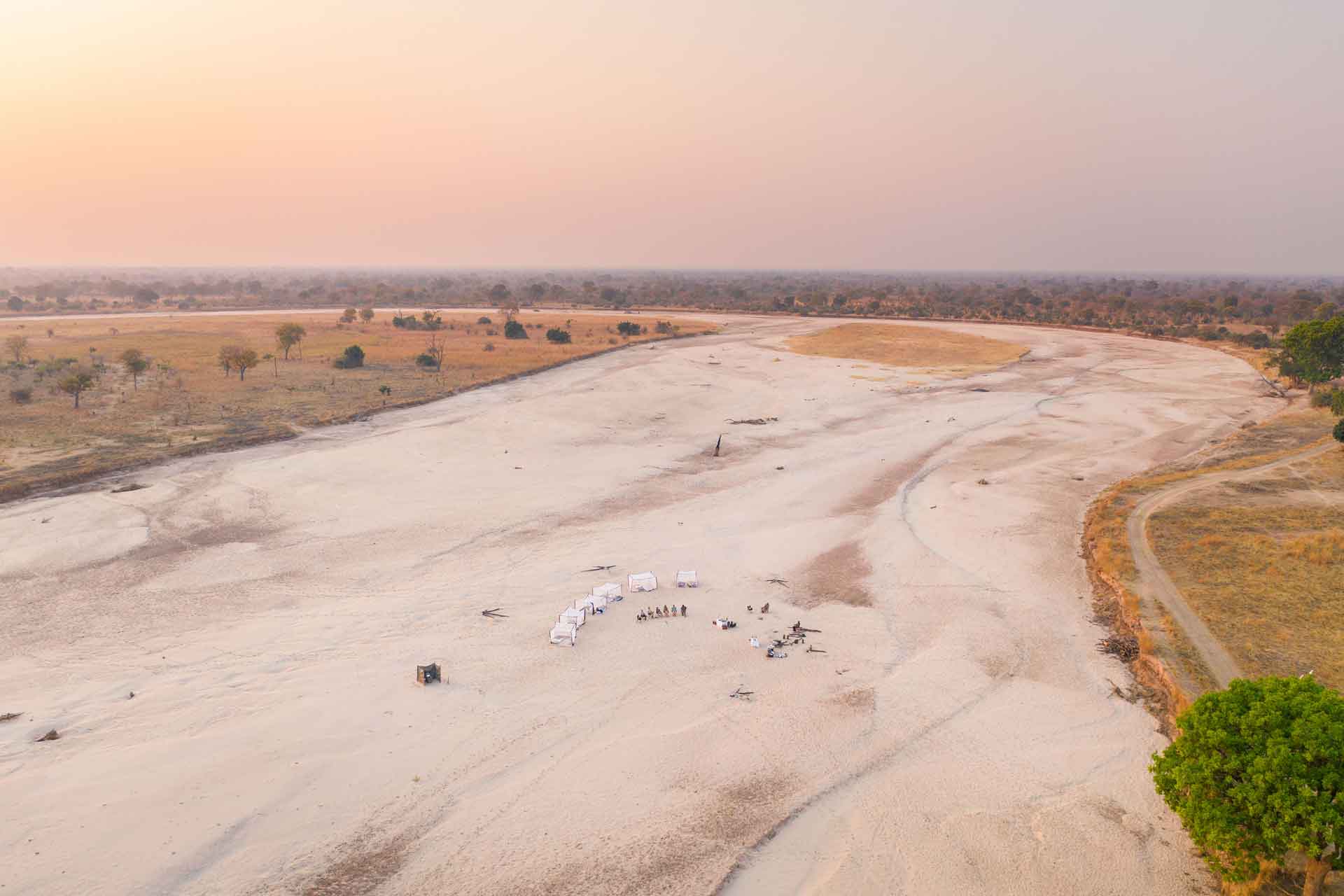
South Luangwa Sleepout, Time + Tide
How much of a problem is greenwashing with regenerative tourism?
Greenwashing is a problem any way you look at it. It is important that as an industry we collaborate on all aspects of what regenerative tourism stands for, the long-term protection and sustainability of the areas in which we operate and the future of the communities who are custodians of this land. Green washing benefits the individual in the short term but has long term reputational damage to our industry and has no contribution to the future of the areas and communities influenced. The tourism industry needs to collaborate on all things related to conservation and community and compete on the product only. Projects that contribute to protecting the future of conservation and communities is not a competitive advantage, it is fundamental that this is seen as a shared responsibility.
Are there key pillars of a successful regenerative tourism project?
Our four key pillars at Time + Tide are: community, conservation, sustainability, and local economies. Ensuring that all our efforts go towards the safeguarding of these wild and precious places, the people, the communities and the generations to follow. We have chosen to focus on female empowerment and ensuring that the education, health and contribution by the woman of Africa, in the areas that we operate, is progressed and promoted.
Have you got an example of a great project you’ve seen or worked on?
Our Project Oasis is a Time + Tide initiative designed to alleviate suffering and provide support to the internal team especially those who find themselves challenged to meet basic survival needs as a result of the impact of the pandemic.
Oasis is an internally focused strategy with the goal to help Time + Tide’s workforce especially vulnerable staff members with pressing needs. Resulting employee hardships are immediate and severe, and therefore the deployment of Oasis needs to be rapid and resulting processes and guidelines should allow for adaptability and responsiveness to variable conditions.
The goal and purpose of Oasis was to create income generating projects in areas that these small businesses could take shape and ultimately thrive. The small income generating businesses were fish, crab and chicken farming in specific regions.
What is next in the area of regenerative tourism?
I believe that the next level of regenerative tourism is around real ownership – not just influence, benefit and contribution but real ownership of tourism businesses by the communities adjacent to the areas of operation.
How does this movement impact the tourism industry as a whole?
Tourism is a net contributor to the local economies by virtue of the employment at all levels, from the product to the services to the supplies and more. Tourism should be seen as the future of Africa as it is in no way extractive when built and operated around a regenerative model.
Photo: Mahajanga, Madagascar by iAko Randrianarivelo on Unsplash

